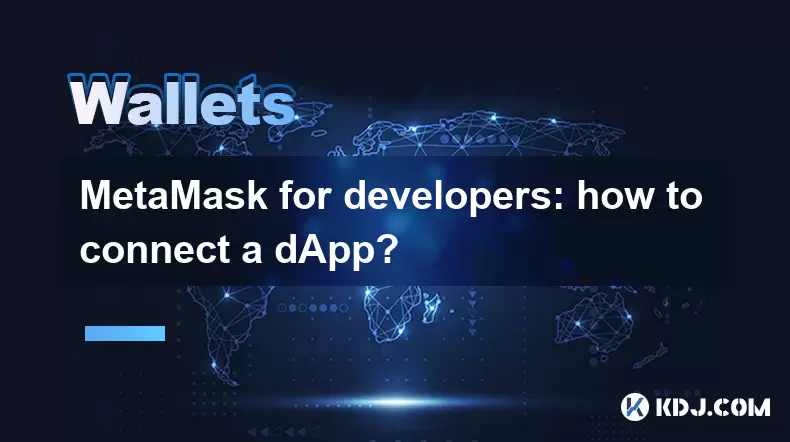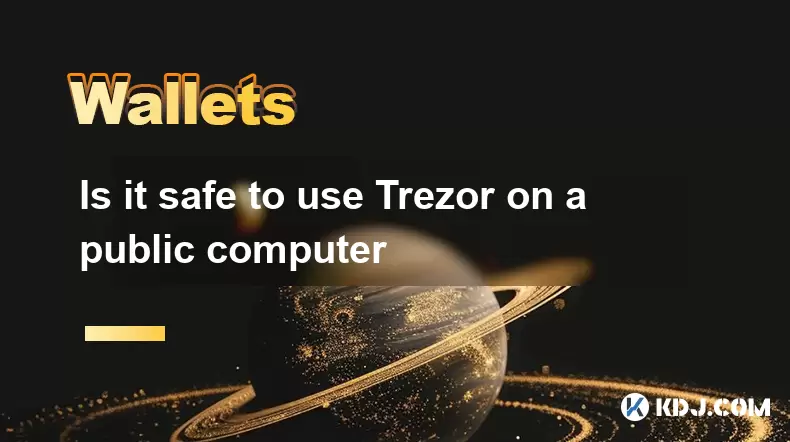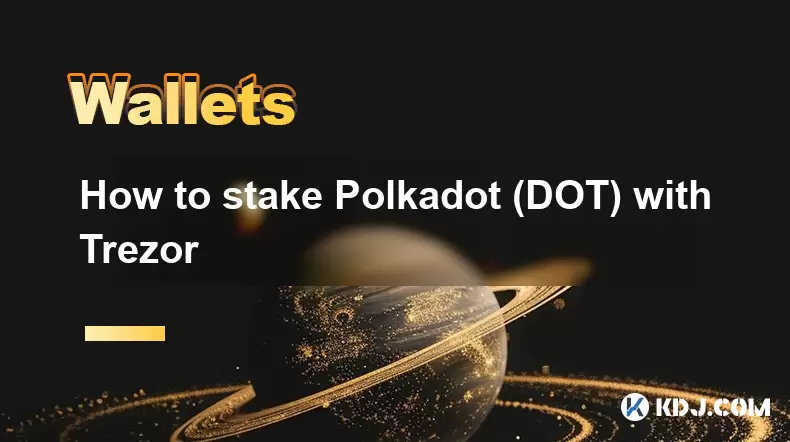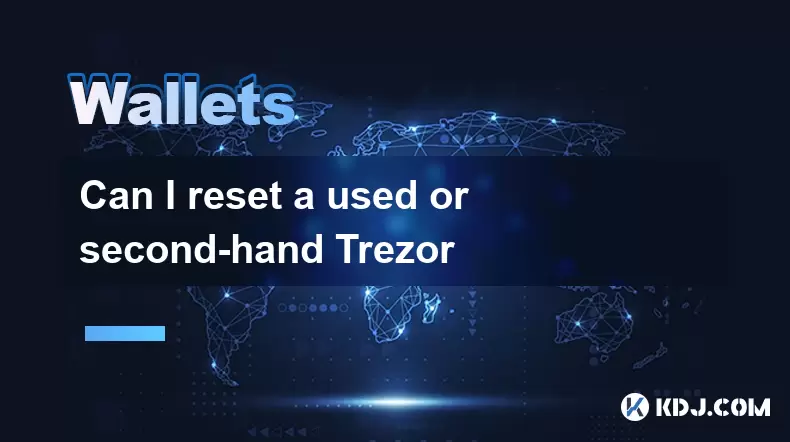-
 Bitcoin
Bitcoin $108,522.9936
0.51% -
 Ethereum
Ethereum $2,600.2119
2.25% -
 Tether USDt
Tether USDt $1.0001
0.00% -
 XRP
XRP $2.3065
1.88% -
 BNB
BNB $661.9093
0.34% -
 Solana
Solana $150.9961
1.40% -
 USDC
USDC $0.9999
0.00% -
 TRON
TRON $0.2877
0.21% -
 Dogecoin
Dogecoin $0.1708
1.78% -
 Cardano
Cardano $0.5863
1.70% -
 Hyperliquid
Hyperliquid $39.0718
4.52% -
 Bitcoin Cash
Bitcoin Cash $507.4600
2.09% -
 Sui
Sui $2.9070
2.06% -
 Chainlink
Chainlink $13.8666
4.64% -
 UNUS SED LEO
UNUS SED LEO $9.1277
0.82% -
 Stellar
Stellar $0.2624
5.86% -
 Avalanche
Avalanche $18.1961
2.40% -
 Shiba Inu
Shiba Inu $0.0...01182
1.77% -
 Toncoin
Toncoin $2.8141
2.42% -
 Hedera
Hedera $0.1611
3.70% -
 Litecoin
Litecoin $87.6537
1.88% -
 Monero
Monero $317.0356
0.02% -
 Polkadot
Polkadot $3.4327
2.63% -
 Dai
Dai $1.0000
-0.01% -
 Ethena USDe
Ethena USDe $1.0006
0.05% -
 Bitget Token
Bitget Token $4.3043
0.50% -
 Uniswap
Uniswap $7.6006
2.93% -
 Aave
Aave $293.0019
4.60% -
 Pepe
Pepe $0.0...01007
3.08% -
 Pi
Pi $0.4658
2.42%
MetaMask for developers: how to connect a dApp?
MetaMask is a popular Ethereum wallet that enables users to interact with dApps directly through their browser, providing essential tools for blockchain development and transaction handling.
Jul 09, 2025 at 03:35 pm

Understanding MetaMask and Its Role in dApp Development
MetaMask is a widely used cryptocurrency wallet that enables users to interact with the Ethereum blockchain directly through their web browser. For developers, it serves as a critical tool for testing and deploying decentralized applications (dApps). It acts not only as a wallet but also as a provider of the Ethereum JavaScript API, which allows dApps to communicate with the Ethereum network.
When building or connecting to a dApp, understanding how MetaMask injects its provider into the browser environment is essential. This injected provider gives developers access to functions like web3.eth.getAccounts(), web3.eth.sendTransaction(), and more. The ability to request user permissions and handle transaction signing makes MetaMask indispensable for front-end development involving blockchain interactions.
Setting Up Your Development Environment
Before you can connect your dApp to MetaMask, ensure your development stack supports JavaScript-based Ethereum libraries such as Web3.js or ethers.js. These libraries are commonly used to interface with MetaMask’s Ethereum provider.
- Install Web3.js using npm:
npm install web3 - Alternatively, use a CDN link if working in a basic HTML/JS setup
Make sure your local development server is running. Tools like Vite, Webpack Dev Server, or even Live Server in VS Code are suitable options. Your dApp should be served over HTTP or HTTPS so that MetaMask can detect and interact with it correctly.
Detecting MetaMask in the Browser
MetaMask injects an ethereum object into the global window object of the browser. You can check for its presence by inspecting this object:
if (typeof window.ethereum !== 'undefined') {
console.log('MetaMask is installed!');
} else {
console.log('Please install MetaMask to use this dApp.');
}This detection step is crucial because it prevents errors when trying to call MetaMask functions on unsupported browsers. Once detected, you can proceed to request account access from the user.
Requesting Account Access from MetaMask
To interact with a user's wallet, your dApp must first obtain permission to access their Ethereum accounts. This is typically done using the ethereum.request({ method: 'eth_requestAccounts' }) method:
const accounts = await window.ethereum.request({ method: 'eth_requestAccounts' });
console.log('Connected account:', accounts[0]);This will trigger a pop-up in MetaMask asking the user to grant access to their accounts. Upon approval, your dApp receives an array of public addresses associated with the user’s wallet. If denied, the promise will reject, and you should handle this gracefully in your UI.
It's important to note that this request must be triggered by a user action, such as clicking a button. Browsers block non-user-initiated requests for security reasons.
Connecting Using Web3.js or Ethers.js
Once you’ve detected MetaMask and obtained account access, you can initialize a Web3 instance using the injected provider:
const web3 = new Web3(window.ethereum);Alternatively, with ethers.js, you can connect using the following pattern:
const provider = new ethers.providers.Web3Provider(window.ethereum);
const signer = provider.getSigner();These instances allow your dApp to perform various actions like reading contract data, sending transactions, and listening for events. Always make sure to handle chain changes and account changes by adding event listeners:
window.ethereum.on('chainChanged', (chainId) => {
window.location.reload();
});window.ethereum.on('accountsChanged', (accounts) => {
// Handle account change
});
Handling Transactions and User Interactions
With the connection established, your dApp can now send transactions. Here’s an example using Web3.js to send ETH:
const transactionParameters = {
to: '0x...', // Recipient address
from: accounts[0], // Sender address
value: Web3.utils.toHex(Web3.utils.toWei('0.1', 'ether')),
};try {
const txHash = await window.ethereum.request({
method: 'eth_sendTransaction',
params: [transactionParameters],
});
console.log('Transaction hash:', txHash);
} catch (error) {
console.error('Transaction failed:', error);
}
Using ethers.js, the process looks slightly different:
const tx = await signer.sendTransaction({
to: '0x...',
value: ethers.utils.parseEther('0.1'),
});
await tx.wait();
console.log('Transaction mined:', tx.hash);Always provide feedback to users during these operations, including loading states, success messages, and error handling.
Frequently Asked Questions
Q: Can I connect MetaMask to a mobile dApp?
Yes, you can integrate MetaMask Mobile by using the WalletConnect protocol. This allows your dApp to communicate with MetaMask via a QR code scan or deep linking.
Q: What should I do if MetaMask doesn’t prompt for account access?
Ensure the request is initiated by a user gesture like a button click. Also, verify that MetaMask is unlocked and has at least one account created.
Q: How do I test my dApp with MetaMask without real funds?
Use Rinkeby, Goerli, or Sepolia testnets. You can switch networks within MetaMask and request test ETH from a faucet to simulate real-world interactions.
Q: Is it possible to disconnect from MetaMask programmatically?
MetaMask does not support programmatic disconnection. However, you can clear your app’s state and prompt the user to reconnect manually.
Disclaimer:info@kdj.com
The information provided is not trading advice. kdj.com does not assume any responsibility for any investments made based on the information provided in this article. Cryptocurrencies are highly volatile and it is highly recommended that you invest with caution after thorough research!
If you believe that the content used on this website infringes your copyright, please contact us immediately (info@kdj.com) and we will delete it promptly.
- Circle, Stablecoin, OKX Partnership: A New Era for Digital Dollars?
- 2025-07-09 22:30:13
- TRD AI, DePin Network, and Decentralized Computing: A New Era?
- 2025-07-09 22:30:13
- No Rs 50 Coin? Public Prefers Lightweight Notes, Says the Government
- 2025-07-09 20:30:13
- KULR's Bitcoin Bonanza: Mining, PH/s, and a Whole Lotta Hash
- 2025-07-09 21:10:13
- Ozak AI: Can This AI Token Deliver Massive Returns?
- 2025-07-09 21:10:13
- No Rs 50 Coin? Delhi High Court Examines Centre's Stance on Currency Accessibility
- 2025-07-09 21:50:13
Related knowledge

How to find a specific receiving address on my Trezor
Jul 09,2025 at 10:36pm
Understanding the Purpose of a Receiving AddressA receiving address is a unique identifier used in blockchain networks to receive cryptocurrency. Each...

How to connect Trezor to Rabby wallet
Jul 09,2025 at 05:49am
What Is Trezor and Rabby Wallet?Trezor is a hardware wallet developed by SatoshiLabs that allows users to securely store their cryptocurrency assets o...

Is it safe to use Trezor on a public computer
Jul 09,2025 at 08:56pm
Understanding the Risks of Using Trezor on a Public ComputerUsing a Trezor hardware wallet is generally considered one of the most secure methods for ...

What happens if I forget my Trezor passphrase
Jul 09,2025 at 03:15am
Understanding the Role of a Trezor PassphraseIf you use a Trezor hardware wallet, you may have set up a passphrase as an extra layer of security beyon...

How to stake Polkadot (DOT) with Trezor
Jul 09,2025 at 09:42pm
Understanding Polkadot (DOT) StakingStaking Polkadot (DOT) allows users to participate in network validation and earn rewards. Unlike traditional proo...

Can I reset a used or second-hand Trezor
Jul 09,2025 at 11:49am
Understanding the Reset Process for a Used or Second-Hand TrezorIf you have acquired a used or second-hand Trezor wallet, one of the first things you ...

How to find a specific receiving address on my Trezor
Jul 09,2025 at 10:36pm
Understanding the Purpose of a Receiving AddressA receiving address is a unique identifier used in blockchain networks to receive cryptocurrency. Each...

How to connect Trezor to Rabby wallet
Jul 09,2025 at 05:49am
What Is Trezor and Rabby Wallet?Trezor is a hardware wallet developed by SatoshiLabs that allows users to securely store their cryptocurrency assets o...

Is it safe to use Trezor on a public computer
Jul 09,2025 at 08:56pm
Understanding the Risks of Using Trezor on a Public ComputerUsing a Trezor hardware wallet is generally considered one of the most secure methods for ...

What happens if I forget my Trezor passphrase
Jul 09,2025 at 03:15am
Understanding the Role of a Trezor PassphraseIf you use a Trezor hardware wallet, you may have set up a passphrase as an extra layer of security beyon...

How to stake Polkadot (DOT) with Trezor
Jul 09,2025 at 09:42pm
Understanding Polkadot (DOT) StakingStaking Polkadot (DOT) allows users to participate in network validation and earn rewards. Unlike traditional proo...

Can I reset a used or second-hand Trezor
Jul 09,2025 at 11:49am
Understanding the Reset Process for a Used or Second-Hand TrezorIf you have acquired a used or second-hand Trezor wallet, one of the first things you ...
See all articles

























































































